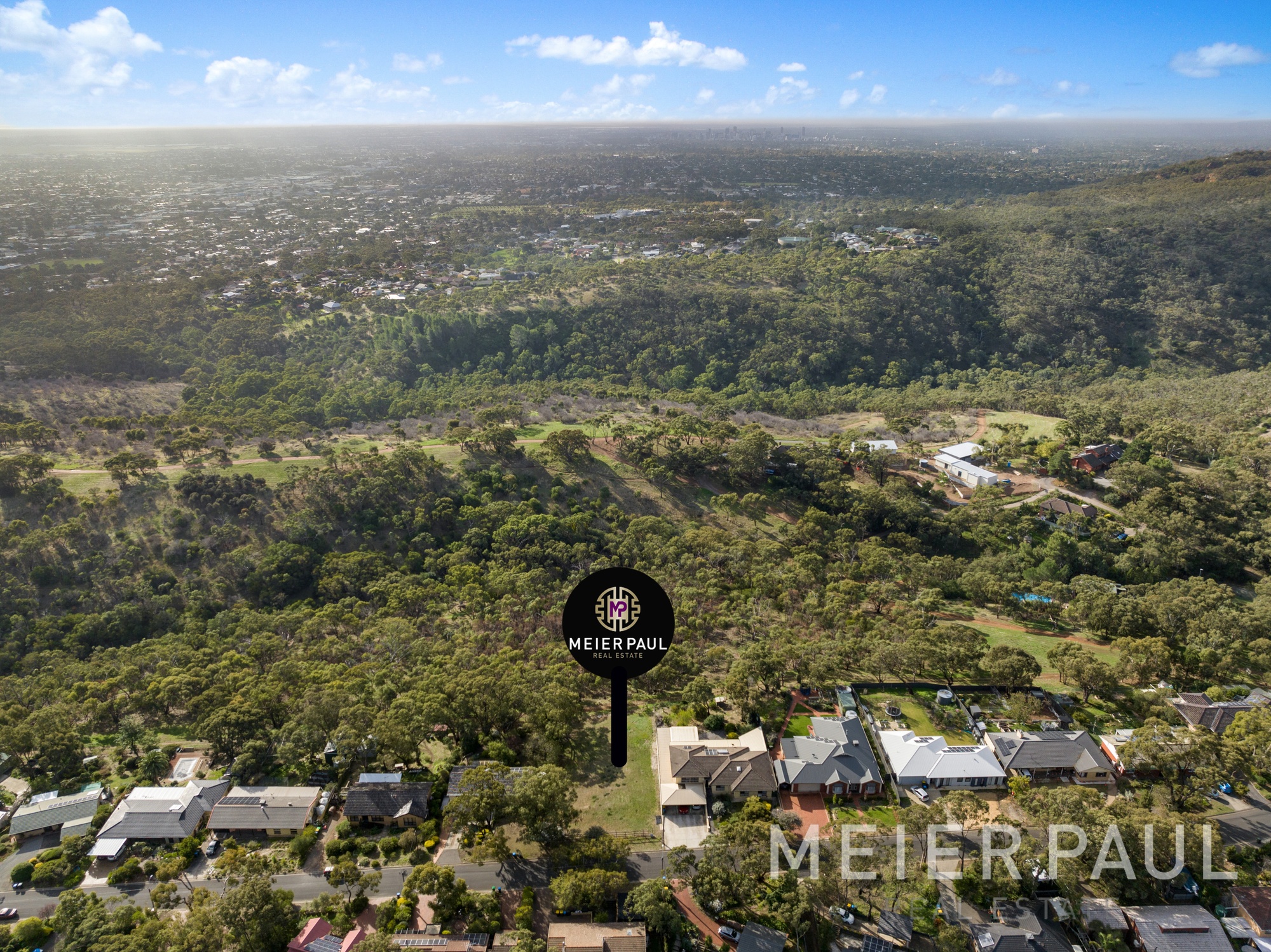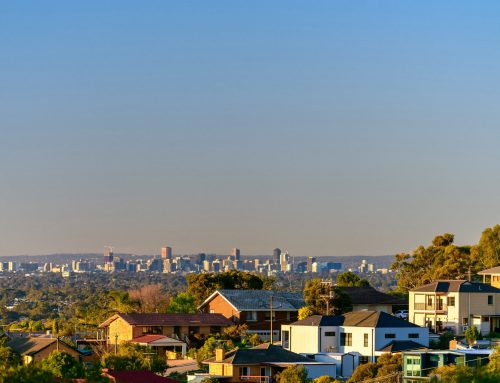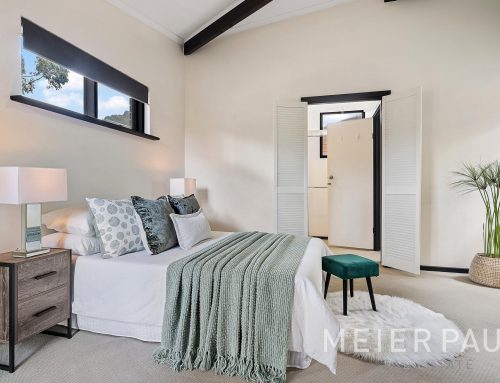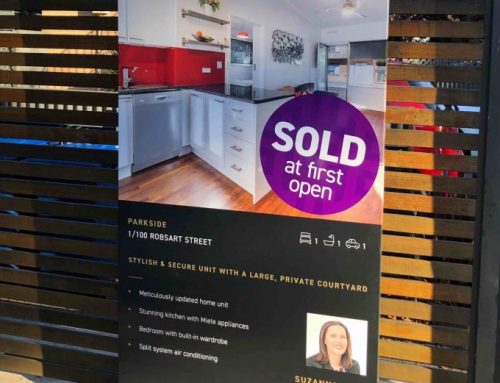Women and Property
Last month on International Women’s Day, the 8th March, CoreLogic launched its Women and Property: State of Play report. The report found, across Australia, men had a higher rate of property ownership as of January 2021. Men had exclusive ownership of 29.9% of the 4.8 million properties analysed, compared with 26.6% of properties owned by women.
The lower rate of home ownership is especially significant given women make up 50.9% of the population aged 18 and over, as derived from the latest ABS population data. This is also an interesting statistic considering that we know most of the property purchase decision making, in a relationship, is done by women.
The reasons for the gap in rates of property ownership likely come down to women having lower levels of income. Income is an important determinant of home ownership, and lower income households in Australia consistently have lower rates of home ownership. Some of the ways lower earnings among women may affect their relationship to property ownership are explored below.
Lower earnings among women may make it harder to get a deposit together.
The latest ABS data suggests the gender pay gap in Australia is 13.4%. Using the same measure across the states and territories, the gender pay gap ranges from 6.3% in the ACT, to 22.9% in Western Australia.
An individual’s level of income might be an important determinant of how quickly they can save for a 20% deposit on a house value, which can be used to get into the property market. Therefore, the generally lower earnings of women relative to men in full time work, mean it could take longer for women on average to save for a deposit. The table below shows how disparity in earnings mean women may find it harder to enter the property market.
Interestingly, the largest gap in months taken to save a deposit is across WA, which also recorded the largest gap in male ownership of property (29.6%) and female ownership of property (22.9%). Across Western Australia, higher incomes have generally been earned across male-dominated sectors such as mining.
With property values in Australia currently increasing at their fastest rate since 2003, it may be harder and harder for lower-income households to accumulate their deposit.
It is also worth noting that an individual’s income is an important determinant of one’s capacity to borrow. This means that where men have on average higher incomes, they may have access to greater returns over time through access to more expensive properties. While growth rates across different value segments are uniform over time, these returns wind up being more in terms of dollar value.
Beyond the gender pay gap, more women are in lower paid jobs.
An important thing to understand about the gender pay gap is that it compares full time average earnings of men and women. While this is useful for understanding rates of pay for a similar volume of work, it does not fully represent the dynamic between males and females and the labour force.
The latest ABS employment data suggests that females represent 67.2% of those in part time work, and only 37.9% of those in full time employment in Australia. Part time work may offer lower levels of pay both because of less hours worked, and the kind of work that is part time is also generally priced at a lower value. This is reflected in the gap between total average earnings of males and females, which is closer to 30%. This would only make it harder in general for women to independently get into the property market.
Home ownership is harder for singles, and women make up more of those singles.
Another finding from the report was that the most common kind of ownership was a mix of male and female ownership. Across Australia, 43.9% of property analysed was owned jointly by males and females. This joint, mixed-gender ownership ranged from 47.5% of properties across Western Australia to 40.0% of properties in Victoria.
This kind of ownership suggests some kind of partnership between men and women, and that joint ownership could create more success achieving ownership of property. But if single-parent or single person households struggle to get into the property market, that again disproportionately impacts women. ABS census data suggests that 63.5% of lone adult households are headed by women. However, only 42.8% of properties with one owner were found to be owned by a female. This may come back to part-time work arrangements; a lot of the lone-parent households in Australia are single parent households. Caring responsibilities may also make it harder for women to attain higher incomes, and gain access to property ownership.
Given that property is most commonly, jointly owned, single women may find they gain easier access to property by co-owning with a family member, friend or a partner. But that puts systemic disadvantage back on the individual to fix. It also potentially limits financial independence. Ultimately, more equitable outcomes around property will come from payments which help with housing costs to low-income households, or organisational responses aimed at closing the gender pay gap.
Women will need to respond to these issues in the best way possible for each as an individual. Those women in the work force may need to commence a balanced and planned savings regime, to enable them to at least gain access to a mortgage.
Young women should commence a savings plan as soon as they have an income, as this may help to alleviate any disadvantage when applying for a home loan later in life.







